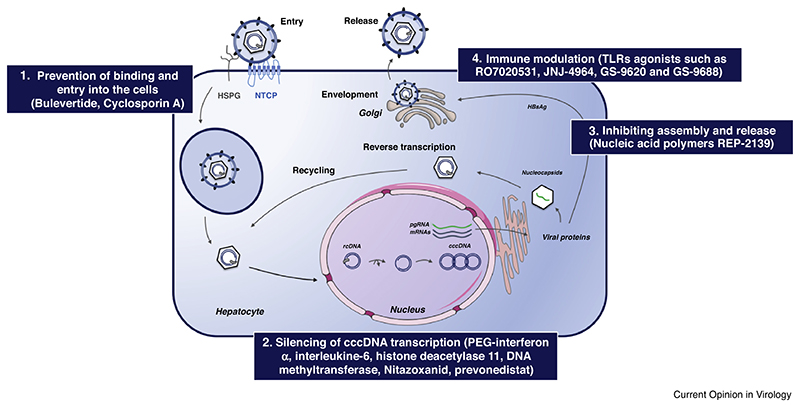Figure 1. Host-dependency factors of the HBV life cycle as antiviral targets (adapted from Ref. [4]).
Following binding of the virus to glypican 5 and HSPG, NTCP as high affinity receptor mediated HBV entry into the hepatocytes. Following cell entry, the nucleocapsid transports the rcDNA to the nucleus. There rcDNA is converted into an episomal cccDNA minichromosome that serves as a template for all viral transcripts including pgRNA which is encapsidated and reverse transcribed into new rcDNA. The nucleocapsids can be enveloped and released as virions or be recycled to the nucleus to replenish the cccDNA pool. There remains an unmet need to develop new therapeutic strategies aiming to overcome resistance. Every step of the HBV life cycle is dependent on the host factors, which can be explored as antiviral targets for the development of new therapeutic approaches. Examples for host-targeting strategies: (1) Targeting host-dependency factor of the HBV entry and binding. (2) Silencing of cccDNA transcription by host epigenetic factors. (3) Targeting host factors required in the last steps of the HBV life cycle. (4) Immune modulation. Abbreviations: relaxed circular DNA (rcDNA), covalently closed circular DNA (cccDNA), pregenomic RNA (pgRNA), sodium taurocholate cotransporting polypeptide (NTCP), heparan sulfate proteoGlycan (HSPG).

